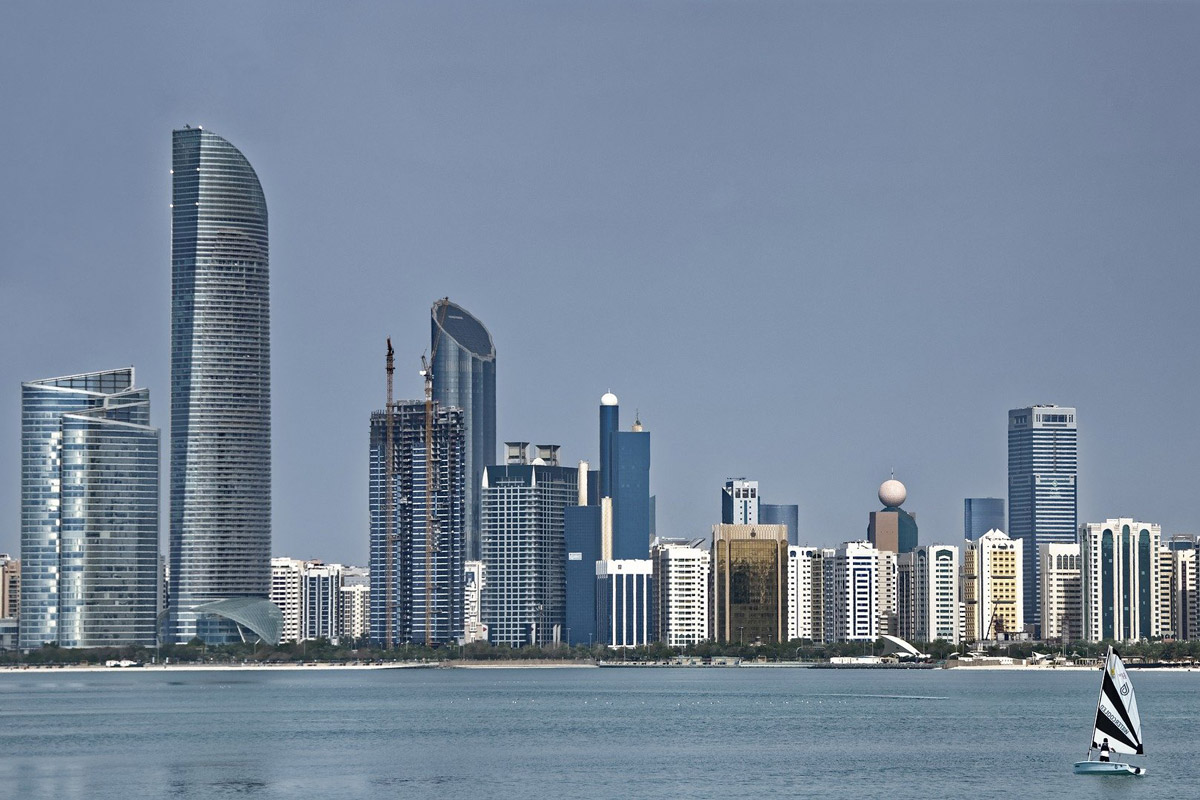The energy transition in the Arab countries
Saudi Arabia has begun to produce renewable energy on a large scale. This could create some surprise to those who associate these areas of the world only with oil, given that for decades this has been the main business of countries such as Saudi Arabia, the United Arab Emirates, Iran, Iraq and Kuwait.
However, the Dumat Al Jandal wind farm is now active and it is the largest ever built in the Middle East and the first in Saudi Arabia. The project foresees a full production of about 400 MW thanks to the installation of 99 wind turbines of 4.2 MW each. The aim of this wind farm is to provide clean zero-emission energy to 70,000 households with an estimated saving of 988,000 tons of CO2 per year.
All this is the result of a large-scale project called Saudi Vision 2030, conceived and promoted by the Saudi Crown Prince Mohammed bin Salman.
Saudi Vision 2030
The Saudi prince hopes that the city of Riyadh will become one of the most important cities in the world in the near future through a series of economic and structural reforms with the main aim of diversifying the country’s economy, creating new jobs and improving the expectations and quality of life.
Among the main projects of this vision there is also the city of NEOM, called “the city of the future” as the word NEOM itself is composed of the word NEO, that is “new” and the letter M which in Arabic is the initial of mustaqbal, that is future.
This mega city should extend over an area of about 26,500 square kilometers and will be located in a desert area currently uninhabited with the hope of attracting many foreign investments, starting a new Arab era, no longer dependent on the oil sector alone.
In fact, until today the energy produced from renewable sources such as wind and solar covers only a small share of the total energy produced: it is estimated that it does not exceed 7% of the total and being Saudi Arabia the “oil” state par excellence it wasn’t hard to imagine.
This decision to change vision and economic strategy was also born due to the climate change underway. Just think that in Kuwait, Saudi Arabia, Qatar and Bahrain the highest temperatures ever recorded in March were recorded in the last year, with peaks between 40°C and 42.8°C, and according to some studies it seems that by 2050 the temperature could rise by a further 4 degrees.
This means that by 2100 this area of the earth could even become uninhabitable, and the catastrophe would be above all human as well as economic.
This is why the prince thinks and wants the Saudi kingdom to become an active part in the fight against climate change with the main objective of reducing CO2 emissions by 60% by 2030.
A strategic choice
Saudi Arabia’s goal is to become an active part in the fight against “climate change”, but at the same time there is a commitment to preserve oil resources by allocating them more to the foreign market rather than to use them for internal needs, maintaining thus a position of world leadership.
In fact, roughly half of the world’s oil reserves belong to the Middle East regions with Saudi Arabia being the top producing country in the region.
This enormous availability of oil has meant that the economic model of the region was based for years only and exclusively on the extraction of black gold and its marketing, but the collapse of prices recorded in 2014 and the subsequent crisis due to the Covid-19 pandemic has imposed the change of this model, thus adhering to the new trend of the Green Economy.
The energy transition for Saudi Arabia is imposed not only for the problems related to climate change, but also for the need to change the economic model of development that is based exclusively on the exploitation of oil reserves – a real environmental income – to one that foresees a different industrial development, creating jobs with renewable energies.
In any case, Saudi Arabia is well aware of its primary role as a driver in the Middle East in the fight against climate change, so with this commitment it aims to become a leader also in the field of renewable energy.
THE HELIOS PROJECT, from black gold to green gold
Another reason why renewable sources are great business for the future in Saudi Arabia is the Helios project, one of the largest green hydrogen plants ever built in the world.
It will be built in the future NEOM and will be powered by solar and wind energy, and it is expected to produce up to 650 tons of green hydrogen per day, with an estimated value of around $1.5 per kilo in 2030.
Welcome to the new Green Economy.


